Arroyo Burro Trail
Posted by Mark Wilkinson on Dec 19, 2010 in Day Hikes, Front Country | 0 commentsTRAIL INFORMATION
Distance-1.5 to 5 miles
Elevation Gain-350' to top of knolls; 850' to end of powerlines; 1550' to top of the main ridgeline; 2700' to East Camino Cielo
Difficulty- Moderate to Very strenuous
Topo- Santa Barbara, Little Pine and San Marcos Pass
View Photo Gallery
HIGHLIGHTS
Provides an opportunity to re-visit one if Santa Barbara's most historic trails, great views from the upper knolls above Barger Canyon, a rugged and more remote experience than most since the trail is used much less than others. Just above the power lines a series of rocky ridges jut out of the chaparral creating the best viewpoint on the Goleta coastline, which is evident by the numbers of people who have carved their names in the soft, red Sespe Formation.
DIRECTIONS
The trail splits off from the Jesusita Trail. From the freeway drive 2 miles north on Las Positas to the posted Jesusita trailhead, which is just beyond the Cater Filtration Plant.
SETTING THE SCENE
There's just a wisp of a line across the ridge line anymore, a long thread of a line that suggests more of a past than it does the future. This is the Arroyo Burro Trail, once the main passageway into the backcountry for the Chumash. It is a trail rich with history. Countless hunting parties used it heading into the San Rafael Mountains. Prospectors walked along the rutted path on the way to quicksilver mines. Later the Forest Service improved it as use of the back country increased.
Yet for many years the Arroyo Burro Trail was off limits to the public because a three-mile section of it lay on private property, part of it running through Rancho San Roque. In 1972, despite hundreds of years of trail use, the ranch fenced off the property and posted No Trespassing signs at the trailhead. In 1977, the County of Santa Barbara, urged by hiking enthusiasts, sued the corporation which owned the ranch on the grounds of adverse possession, an old English common law designed to keep property in constant use. The law states that if an owner has ignored public use of his land for a period of five years or more it becomes implicitly dedicated to the users. In 1979, the County hired the Environmental Defense Center to pursue the case.
The County maintained that the public was entitled to an easement for use of the historic trail because of its "open, notorious, continuous and uninterrupted use" for many years. However, after a series of appeals, the County lost the initial suit when a local judge determined that there had been insufficient trail use to satisfy the legal requirement of "open, notorious, and continuous use."
Recently, due to the development of the ridgeline on which the Arroyo Burro Trail is located, an easement has been negotiated, making it possible to hike up this once forbidden trail.
THE HIKE
The trail begins slightly more than a half mile after you begin your hike up the Jesusita Trail. The trail sign is under a large oak and is situated right before you would head up onto a long plateau if you were continuing on the Jesusita.
I noticed the sign for the first time in Fall, 1999. Curious about what was beyond I abandoned my planned hike, which was up to Inspiration Point, and began to investigate. The Arroyo Burro Trail was the first I ever hiked in these mountains and I was very interested to discover where it would lead me today.
The trail crosses the creek and heads up the west side of the canyon wall. A decade ago an old bulldozed path could be followed up to a higher crest where you could then continue along, yo yo'ing up and down on the ridgeline until you reached the end of the powerlines and the beginning of the upper trail. Boy, was I in for a surprise.
A hundred yards up the hill the trail disappeared at a wide asphalt driveway. I was at a bit of a loss where to head next then I spotted another trail sign up the road. I headed over to it, thinking there must be a path hidden in the brush just beyond it, but when I got there I couldn't find the trail. Slowly it dawned on me that the driveway, which headed steeply up the hill, was the trail-or at least that's what you were supposed to follow.
As I trudged up the hill I questioned whether this was the route but sure enough, when I reached the top, there was another trail sign, a reminder that, indeed, the trail easement did go this way.
I've come back several times since this, exploring more of the upper trail. The route from here on isn't what it used to be like, and the necessity of having to follow the asphalt takes a lot away from the experience, but I like it up here. But then, I am prejudiced: getting up onto the upper Arroyo Burro Trail is like coming home and it evokes very special memories.
The ridgeline you reach, once you have gotten up this extremely steep road, separates San Roque and Barger canyons. There are sweeping views in all directions and I can see why the road leads here. Were I rich enough I would want to have my home perched on one of the knolls which dot the ridge.
The route continues to follow the asphalt for several hundred more yards, and is level, so you have time to catch your breath and look out on the coastline. Just as the road starts to drop down into Barger Canyon there is another trail sign. Here, you will finally get back on a real trail. This cuts across the west side of the ridgeline, leading to a large, open meadow. What you will be doing is paralleling the ridge but just off it. There is a dirt road which goes straight up the ridge and I suppose you could just follow that but I don't think you are supposed to, even though no signs tell you not to (that could change).
Beyond the meadow, the trail heads up into the chaparral until it reaches a dirt road. You turn right and follow this a hundred yards to a point where you are back on the main ridge. From there you will go left and until you reach the end of the powerlines you will be going up and down a series of short steep hills leading up the main ridge.
On one of my afternoon explorations I was fortunate enough to spot a bobcat sitting at the bottom of one of these hills. It was staring into the bushes just off the trail, kind of a like most cats do when they've spotted something in the grass and are stalking it. I watched it for more than ten minutes. It remained motionless until it caught onto my presence, then it slowly made its way on up the road and disappeared into the chaparral.
When I reached the point where it had gone in the brush I could see the small path it had followed. There it was, sitting under a ceanothus bush, barely ten yards away, staring at me. I watched it for what seemed like a long time then I moved on, letting it be. On the way back down I spotted it again bounding down the road. What a treat.
By the time you've reached the end of the powerlines your legs will probably be pretty tired. There are a lot of ups and downs. But there is a great rest stop just ahead of you. The upper trail begins right after the last tower. There are several switchbacks leading to an outcropping of Sespe red beds and the perfect place to take a break. You can tell plenty of others have too. There are carvings everywhere. This is also a good spot to end your hike unless, of course, you can't resist more switchbacks and lots more uphill.
The trail moves from the Sespe into layers of Coldwater Sandstone and really begins to gain elevation. Seven hundred feet of switchbacks bring you to a second series of outcroppings, several of which make good rest spots. Right after this the trail levels out, goes through several meadows, then begins cutting west across the mountainside until you reach the east fork of San Antonio Creek. The trail drops down into the canyon, follows it upstream for a bit then crosses to the west side of the canyon and rises rapidly for 800 feet to East Camino Cielo. Unfortunately, the canyon section is private property, making it illegal for you to hike all the way up to the crest.

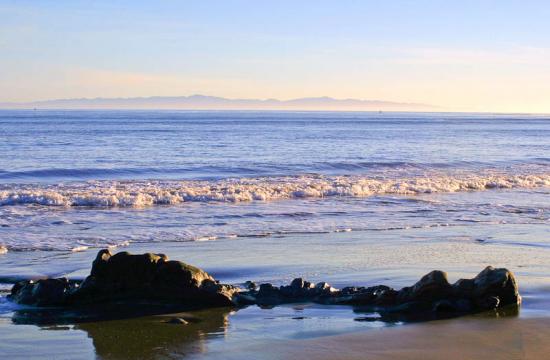
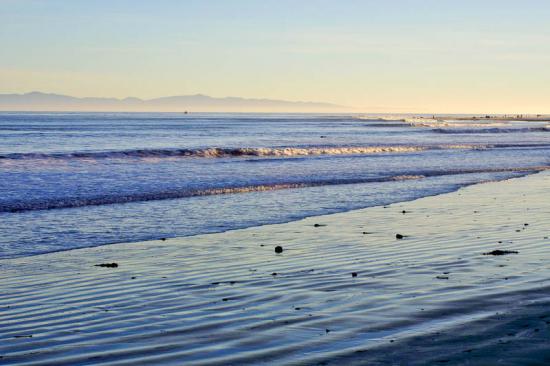
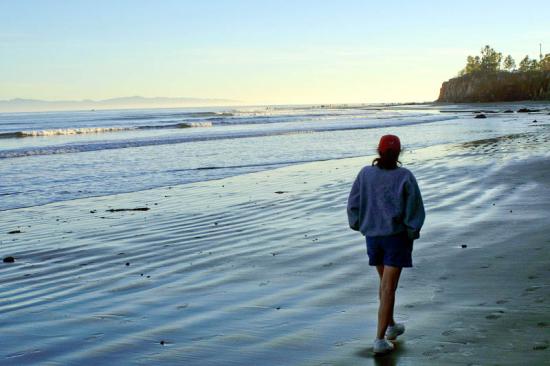
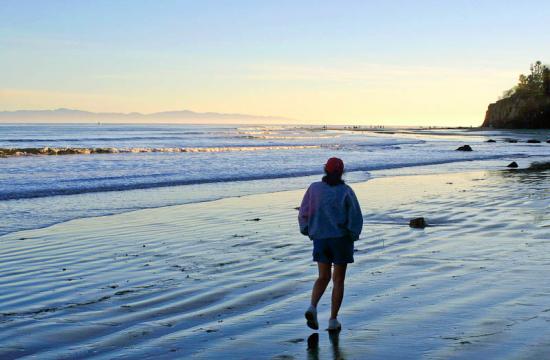
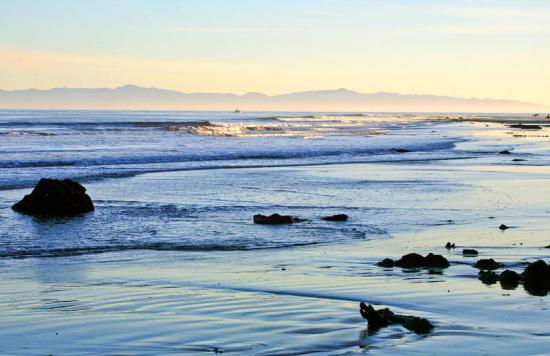
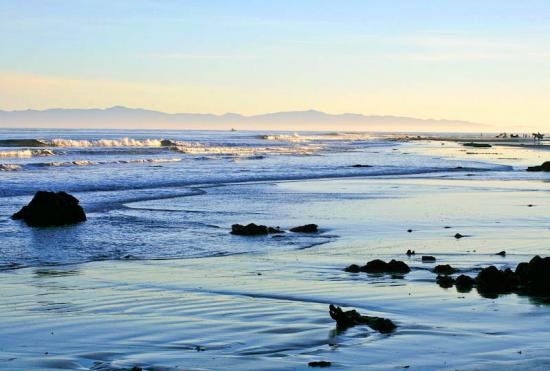
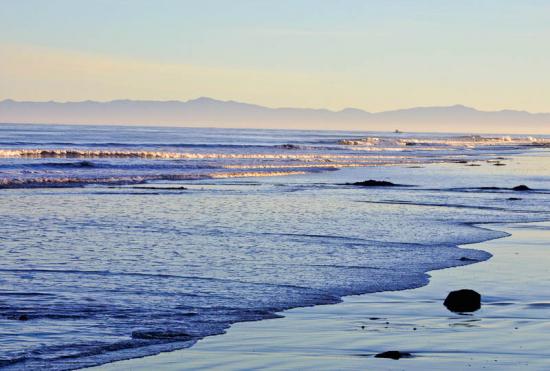
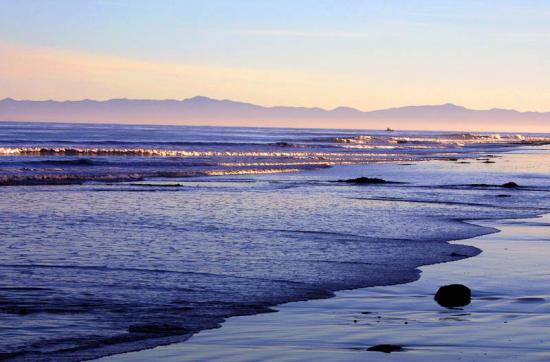
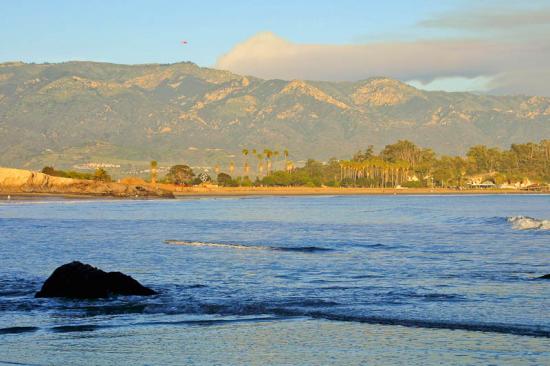
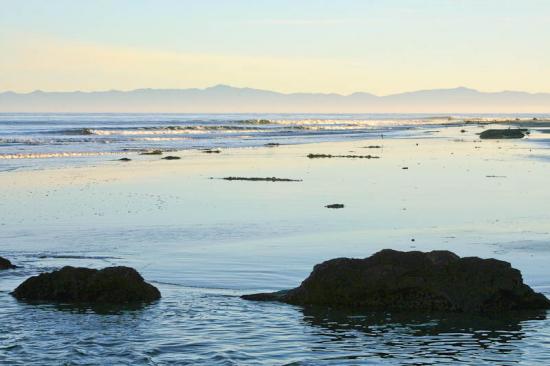
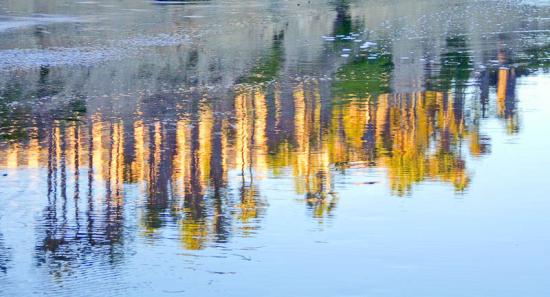
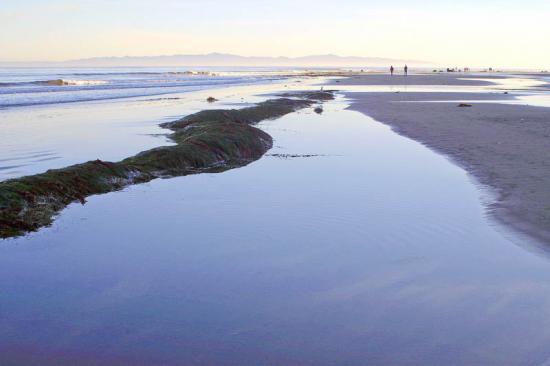
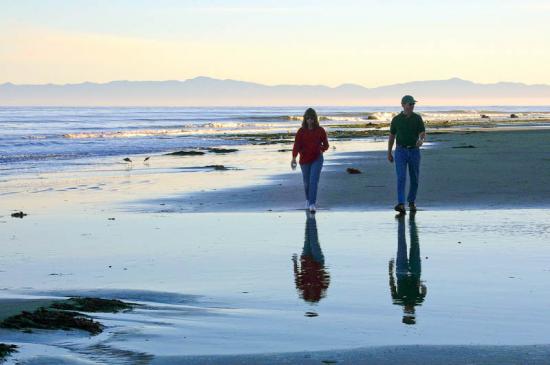
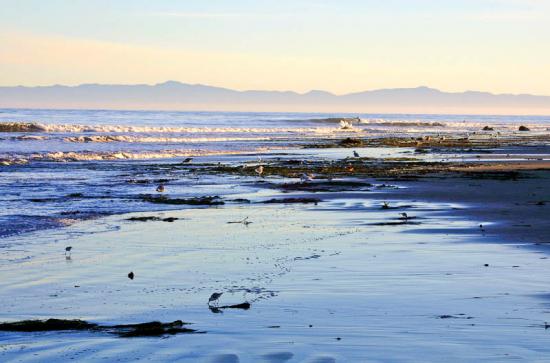
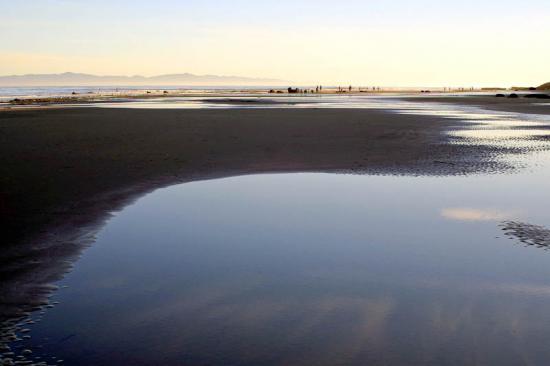
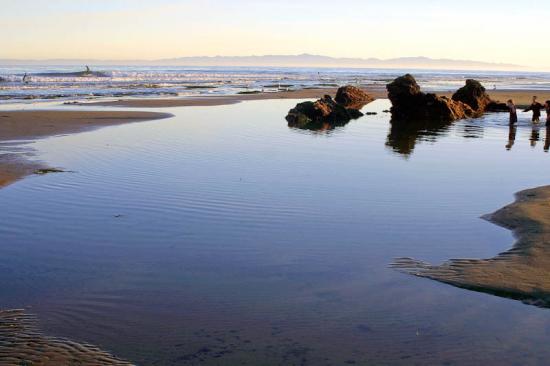
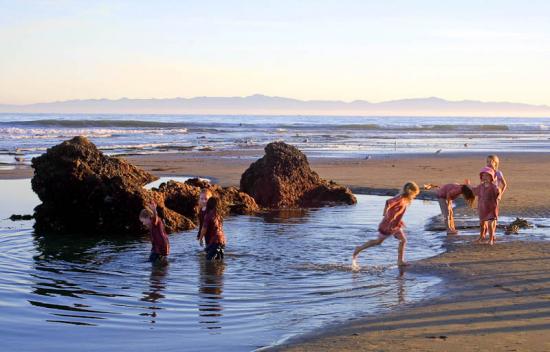
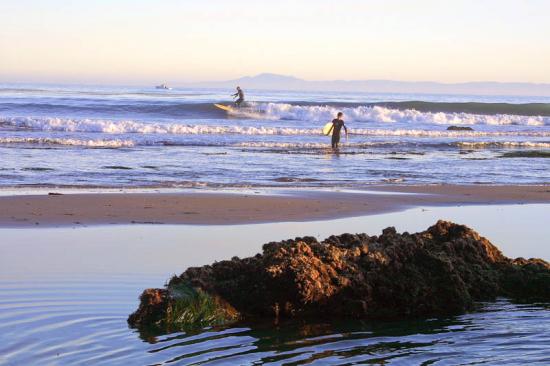
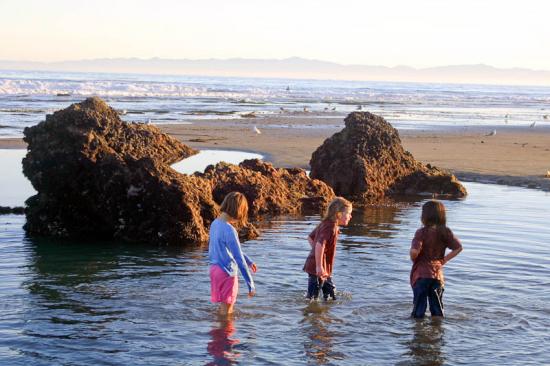
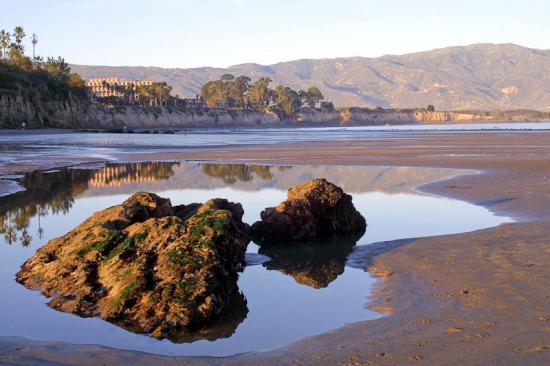
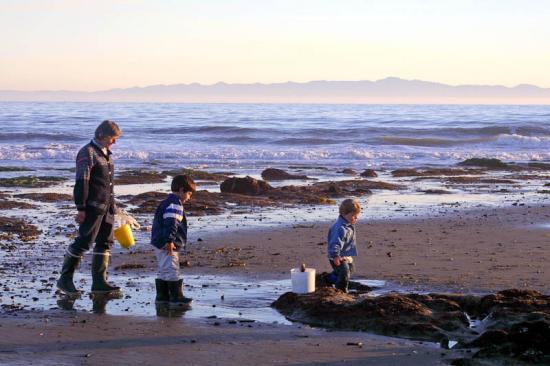
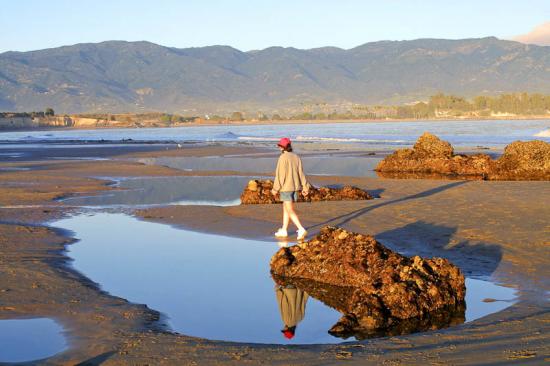

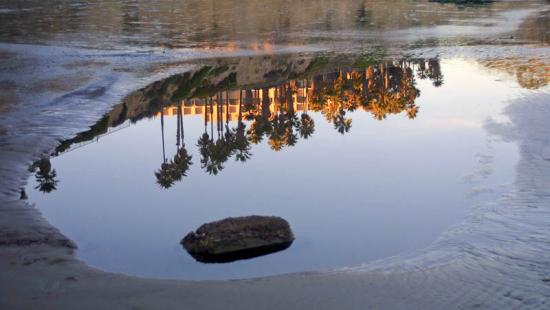
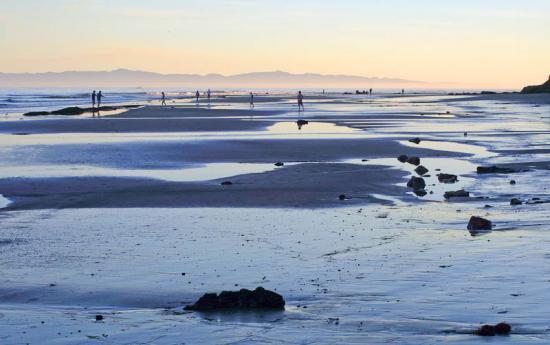
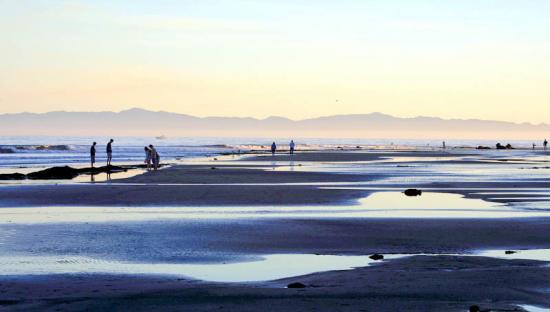
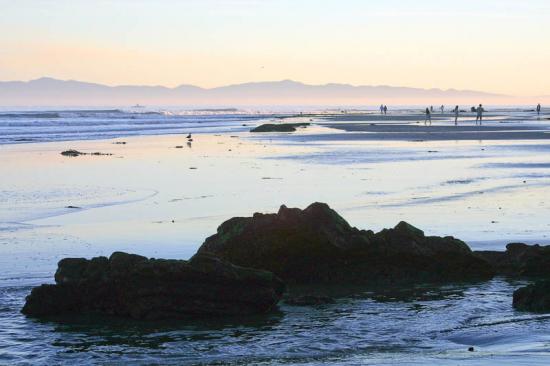
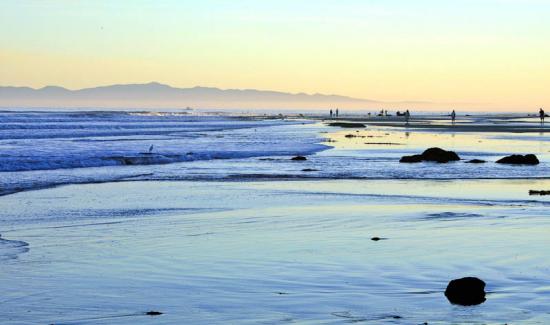
 1% for the Planet is about coming together, and they believe that forging connections between businesses and nonprofits is a critical aspect of solving the global environmental challenges we face. The nonprofit sector fills a unique and critical role, and the 1% for the Planet model and mission are focused on unleashing the incredible power that is possible when businesses support and engage with these impactful nonprofits.
1% for the Planet is about coming together, and they believe that forging connections between businesses and nonprofits is a critical aspect of solving the global environmental challenges we face. The nonprofit sector fills a unique and critical role, and the 1% for the Planet model and mission are focused on unleashing the incredible power that is possible when businesses support and engage with these impactful nonprofits.